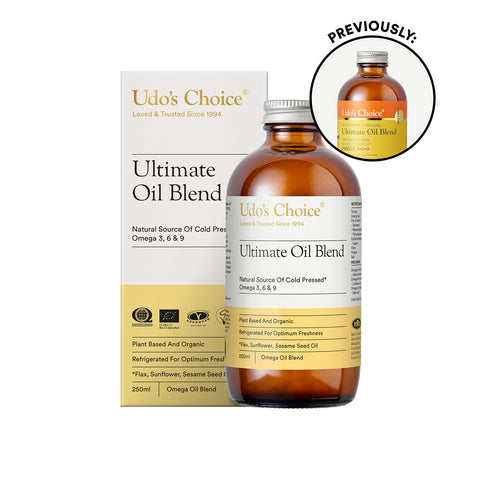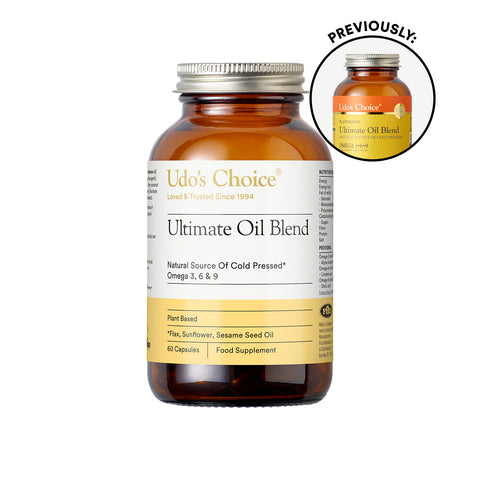It’s all too easy to fall short of even the minimum intakes of essential fatty acids (EFA) alpha linolenic acid (omega 3) and linoleic acid (omega 6) required to maintain optimum health. Unfortunately, over the years the promotion to follow a “low fat” diet has left many people, including athletes, short in much needed EFA’s.
Here are some dietary tips that can help to boost your EFA intake:
- Use fresh seeds sprinkled on salads, especially hemp, pumpkin and sunflower seeds.
- Use freshly ground flaxseeds mixed in yoghurt, porridge and smoothies.
- Make home-made grain free granola with mixed seeds, nuts and coconut flakes.
- Use nuts in salads or mixed with raisins as snacks, especially walnuts, pecans and almonds.
- Add nuts and seeds to your protein shake or breakfast smoothie for added healthy fats and protein; cashew nuts, almond butter, chia seeds and ground flaxseeds work well.
- Switch to wholemeal bread as the wheatgerm in whole wheat is a good source of EFA’s.
- Use brown rice and wholemeal pasta instead of white varieties.
- Make a tahini salad dressing, as sesame seeds are rich in omega-6's.
- Toss sunflower seeds into a kale salad as sunflower seeds are also rich in omega-6 and zinc.
- Seek out flax crackers made with flax seeds and sunflower seeds for a better omega 6:3 ratio.
- Use an organic cold-pressed seed oil daily, but make sure it is fresh and has been packaged in an oxygen-free container that is also opaque to light.
- Avoid low fat / fat free foods – these are nearly all devoid of EFA’s and have added sugar.
- Choose free range organic chicken and meats where possible that have been grass fed, not grain fed – grass fed meats have higher amounts of EFA’s.
- Choose organic free range eggs. Free foraging hens fed on natural foods lay eggs containing higher amounts of Omega 3.
- If you choose to use an EFA rich oil, the best way to do this is with a seed oil blend. These tend to contain a balanced ratio of omega 3 to omega 6, ideally a 2:1 ratio as Omega 3 is harder to obtain from normal dietary sources than omega 6.
- The seed oil should be organic, cold-pressed, unrefined and packaged in an oxygen-free glass bottle that is opaque to light. The oil should have been kept refrigerated since production and should be stored in your fridge at home. Check out our Ultimate Oil Blend here.





